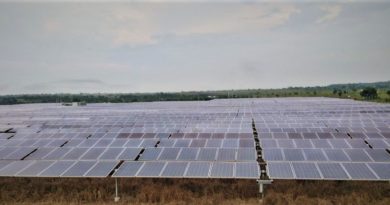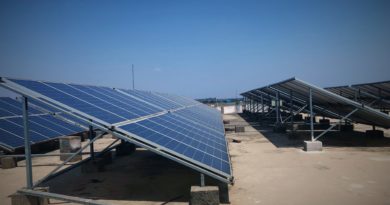Water Management in Facilities for Global Water Crisis
Let’s start this article without going into the importance of the water conservation which is not unknown to us. The objective of this article is to understand how the water management initiatives can be undertaken in any facility/ industry for water conservation and so Energy Conservation.
In India, industry is the second highest consumer of water after agriculture and industrial water consumption has been increasing with the pace of industrial development. The growth in some of the water intensive facilities (such as Thermal Power Plants, Solar Power Plants, Textile, heavy engineering, pulp & paper, steel, Railway stations, etc.) has been quite significant, putting further pressure on the industrial demand for water.
But we cannot remain mute spectator about this as it is not only affecting the environment but also the energy consumption and the input cost of the facility. Again, any measure for the better water management practices will surely save the country form water scarcity as some of the areas are already being considered as water stressed. This is such an important issue that even non availability of right quantity and quality of water have been the reason for the closure of some facilities in recent times. Reducing water consumption through right water management can be means to address the global water crisis.
Water savings can be achieved in facilities/ industries through a combination of changing behaviour, modifying and/or replacing equipment with water saving equipment to reduce overall water consumption, reduce wastage and increase internal reuse. To start with any water management program for any facility it is highly recommendable to have water balance study developing “water balance diagram” to optimise water and minimise costs.
The water balance study can be beneficial because of:
- “water balance” diagrams that map water inflows, outflows and intermediate reuse between processes and support areas in a facility provide valuable information for improving water management and reducing costs.
- identification of current and future water uses in different processes
- Identification of leakages across the supply and distribution lines, overflow, high flow facets, etc.
- Water conservation as well as Energy Conservation opportunities
- Ability of the “water balance diagram” to troubleshoot problems
- Identification of water reuse opportunities
- Identification of other future cost-effective water conservation projects
- Ability to communicate water use issues within the company and to external world
The complexity of a water balance depends on the type of facility and the characteristics of the local area.
The key activities undertaken are: –
- Secondary data collection: plant layout, plant processes, sources of water, capacity of pumps, water supply network diagram, etc.
- Collection of water samples & carrying out of chemical analysis
- Flow measurement, pumps characteristics and establishment of water balance: Pumps flow measurement with the help of portable ultrasonic water flow meter, digital pressure gauge, etc. and power measurement using power analyzer are done. This helps to understand the quantum of water being drawn and consumed in the plant processes and account for leakages and losses as well as wastewater being discharged. Also, the quality of drinking water is assessed.
- Water and wastewater quality characterization: these are done to ascertain the quality of water is being used in different processes as well as the quality of wastewater is being discharged
- Data analysis and recommendation for water and wastewater management:
- Establishment of the water balance of water supply and distribution system and estimation leakages and UFW (Unaccounted for Water) in the plant
- Recommendations on improvement in water use efficiency, water conservation, recycle and reuse, Cycle of Concentration (COC), etc.
- Preparation of a cost-benefit analysis of potential water conservation measures/ recommendations
- Forecasting the future water use and development of long run water conservation plan: this is done through interaction with the management and study observations
In brief the water balance study has the potential to reduce the water footprint as well as making the facility more competitive through input cost savings and sustainable in its operation.
References:
- http://www.geographynotes.com/articles/demand-for-water-in-the-industrial-sector-of-india/676
- Water Resources Division: Facilitating Water for All by TERI


